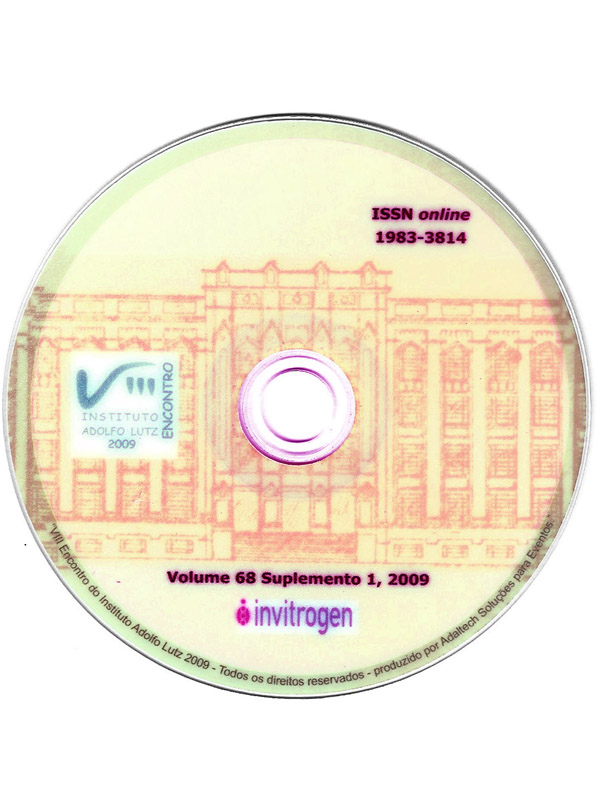Resumo
Leishmaniasis is a disease caused by protozoan parasites of the Leishmania genus. It is the second-largest parasitic killer in the world, responsible for an estimated 500,000 cases each year worldwide. Visceral leishmaniasis (VL), also known as kala-azar, is the most severe form of leishmaniasis. The chemotherapy is given by the administration of drugs with significant drawbacks – in terms either of route of administration, length of treatment, toxicity or cost – which limit their utilization in disease-endemic areas. In the search for novel drugs, the chemotherapeutic swithching or “piggy-back” therapy represents one of the most promising forms for the introduction of new active compounds. Since amlodipine, lacidipine and nimodipine were demonstrated to be effective against VL, the focus of the present work was the in vitro evaluation of the antileishmanial activity of bepridil hydrochloride, another calcium channel blocker used in the therapy of vascular diseases. Bepridil was dissolved in DMSO, diluted in M-199 medium and incubated with Leishmania promastigotes (at 1x106 /well for 24 h at 24°C) and with THP- 1 monocytes (at 1x104 /well for 48 h at 37°C) for the determination of th e antiparasitic activity and citotoxicity, respectively. The cell viability was determined using the MTT assay at 550 nm. The activity against L. (L.) chagasi intracellular amastigotes was determined with infected macrophages. Bepridil was effective against promastigotes and intracellular amastigotes of L. (L.) chagasi, with 50% inhibitory concentration (IC50) values of 1.4 and 7.9 µg/mL, respectively. Leishmania (L.) amazonensis, L. (L.) major and L. (L.) braziliensis promastigotes were also susceptible to bepridil. The cytotoxicity of this drug against THP-1 monocytes resulted in an IC50 value of 16.82 µg/mL. Bepridil is an effective in vitro antileishmanial compound and could contribute for the discovery of new alternatives for the treatment of VL.

Este trabalho está licenciado sob uma licença Creative Commons Attribution 4.0 International License.
Copyright (c) 2009 JQ Reimão, AG Tempone
